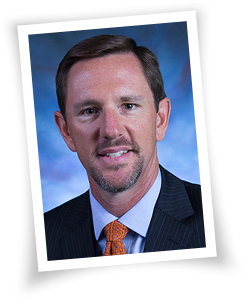 New census data is revealing amazing population trends in the United States. Possibly the most remarkable trend is the explosive growth of immigrants. To illustrate that growth in Kentucky, consider that, in the past decade, the immigration population in the city of Louisville has grown by 100.9 percent!
New census data is revealing amazing population trends in the United States. Possibly the most remarkable trend is the explosive growth of immigrants. To illustrate that growth in Kentucky, consider that, in the past decade, the immigration population in the city of Louisville has grown by 100.9 percent!
In a recent article on the booming immigrant population, missiologist and church planting specialist J.D. Payne wrote, “The international migration of the peoples of the world is one of the most significant issues facing the Church today. Unfortunately, many of us representing the Church in the United States have been asleep as the nations have been moving at a rapid rate. When will we open our eyes and recognize the divine hand behind such movements and adjust our strategies accordingly?” Payne’s pointed question carries with it a sense of urgency.
Some of our churches have reacted with that same sense of urgency by reaching out to ethnic peoples in their communities but much work remains. While many of our churches may not feel they have the expertise or resources to make a significant impact, partnership with the Kentucky Baptist Convention and the North American Mission Board makes it possible for any church of any size to be a part of reaching the nations that have come to Kentucky.
Carlos De la Barra directs the multiethnic missions and ministries of the KBC. The ministry began with outreach to Hispanic migrant workers more than two decades ago. By 2010, the KBC family included 67 Hispanic churches and missions throughout the state. As the Hispanic population continues to grow, so does the need for churches.
I found one of De la Barra’s observations about ethnic work in Kentucky to be prophetic of what awaits us. He stated, “The work among other ethnic groups is starting to look much like the Hispanic work did in 1992.” He shared with me that we are already developing missions that could potentially become churches among East Asian Indians, Nepalese, Bosnians, Turks, Somalis, and Iraqis. Can we imagine a time when the work among these immigrants will be as extensive as our work among the Hispanics?
The growth of the Hispanic population in Kentucky took many of us by surprise. Honestly, we are still playing catch-up. For all of the ministries that have succeeded, many opportunities have been missed because we were not invested in the work soon enough. I pray that is not the case with our work among other immigrant populations.
De la Barra and his team receive their support from gifts made by Southern Baptist churches through the Cooperative Program, the Eliza Broadus Offering for State Missions, and the North American Mission Board’s Annie Armstrong Easter Offering.

